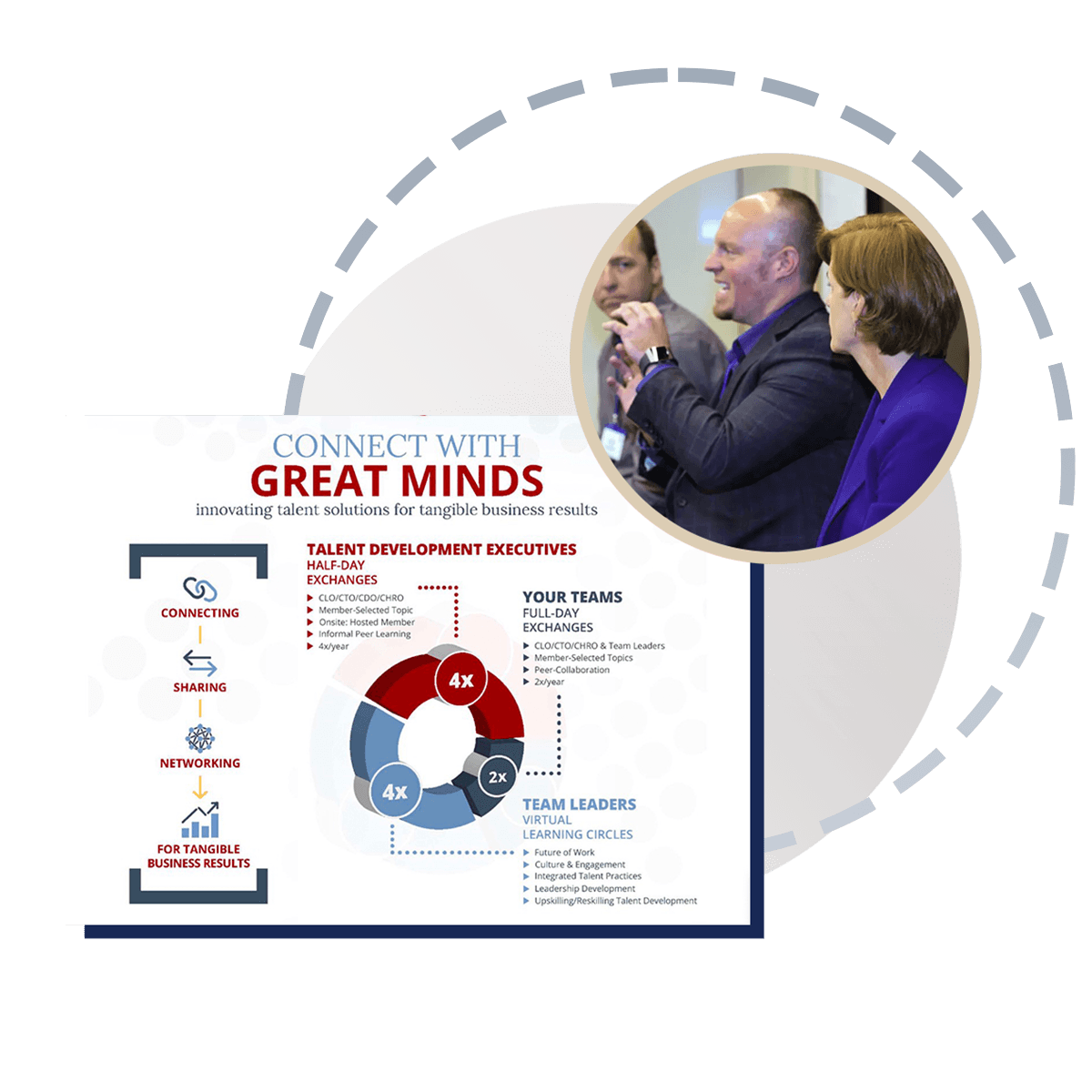This highlight video is from June 20, 2025 session Leadership Development in Transition: Managing Through Change and Uncertainty
Session Focus: Navigating Leadership Challenges in Times of Change
This session provided a sharp reality check for leaders navigating constant change.
If you're leading through swirling priorities, burned-out teams, or restructuring fatigue—pause here.
🧠 Janice reframed the leader's role in times of transition:
“Leaders need to protect what matters—by pausing, stopping, or pushing back on the work that’s draining focus and energy from what truly drives change.” -- Janice Simmons, Froedtert ThedaCare Health.
This isn’t about “managing” change—it’s about shielding your people from the chaos that doesn’t serve them. Sometimes leadership means saying no, slowing down, and clearing space.
👂 Laura echoed this through a real-world M&A lens:
“Employees just want to be heard—and giving them clarity and space is what helps them feel safe enough to stay.” -- Laura Jones, insightsoftware.
Her case study showed that leadership presence—not perfection—drives trust. When execs came out from behind their closed doors, hosted unscripted Q&As, and focused on development over damage control, 89% of employees stayed engaged through nine months of uncertainty.
🔑 Key Takeaways
-
Stabilizers drive momentum. Progress doesn't come from adding more change—but from protecting space to breathe.
-
Messaging ≠ meaning. Even a compelling mission falls flat if it doesn’t connect to what people do today.
-
More change ≠ more innovation. Creativity needs calm, not a constant swirl of priorities.
-
Org charts don’t drive outcomes. Influence lives in relationships, not boxes on a slide.
-
Visibility builds trust. Showing up as a leader—even with no answers—beats silence every time.
🛠 Practical Actions
-
Cut the noise. Inventory what’s overwhelming your team—and decide what needs to stop.
-
Block breathing room. Protect time for people to think, reflect, and recover—even during change.
-
Coach visibility over control. Get leaders out of their inboxes and into real conversations.
-
Ask: Who do people trust? Map the informal network—not just the hierarchy—and support those connectors.
-
Start with one “anchor ritual.” Weekly huddles, clarity check-ins, or rumor-busting AMAs can create immediate grounding.
💡 What if…
What if your most strategic leadership move this quarter isn’t launching a new initiative—but shutting one down?
What if the key to retention isn’t a vision statement—but the leader who listens without a script?
This session dismantled tired assumptions about change. It asked: who’s protecting focus, not just pushing pace?
If you're rethinking how to lead through uncertainty, maybe it's time to stop managing change—and start defending what matters most.
CLOSING INVITATION: Are you ready to reshape leadership development in your organization to better manage through change and uncertainty? Share with us on the ELE Idea Exchange.

